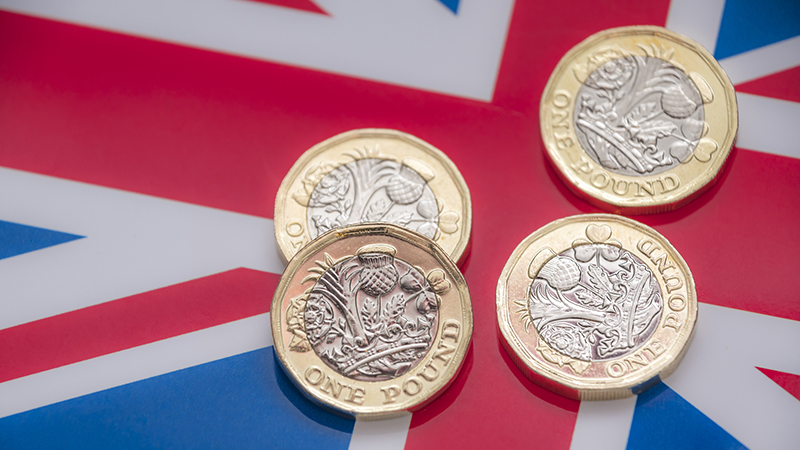UK inflation climbed to 2.2% in July, bouncing above its 2% target reached in May and June this year.
July’s reading represents the first time in over a year that the CPI inflation figure was larger than the month before.
The increase follows the Bank of England’s decision to cut interest rates by 25 basis points to 5% on 1 August. The Monetary Policy Committee voted 5-4 in favour of the cut.
The Office for National Statistics (ONS) pointed to housing and household services as the largest factor in inflation growth, with gas and electricity prices falling less than the previous year.
Neil Birrell, CIO at Premier Miton Investors and lead manager of the Diversified Fund range, said: “Overall, year-on-year inflation was still up a little last month, but that was a known effect of historic energy prices. The good news is that it came in below expectations, driven by a bigger than expected fall in services inflation in July.
See also: Premier Miton’s Birrell discusses risks of ‘benign’ market
“That gives hope that the Bank of England can continue to ease policy even in the face of other strong data in the jobs market. The UK economy looks to be in good shape compared to others globally.”
Services year-on-year inflation dropped from 5.7% to 5.2% in July, a figure that has remained sticky this year as other areas fell.
Luke Bartholomew, deputy chief economist at abrdn, also maintained optimism in face of the inflation data and lessening figures for services.
“Despite the pick-up in headline inflation, this report represents welcome news for the Bank of England. The move back above the 2% target was always likely given energy base effects, and in fact the rise was slightly smaller than expected,” Bartholomew said.
“More importantly, measures of underlying inflation pressure look to be softening, with services inflation in particular coming in well below expectations. This should help reassure some policymakers that inflation pressures are proving slightly less persistent than feared. After yesterday’s solid labour market report, the Bank will not be in any hurry to cut rates again immediately, but the ongoing slowing in inflation pressure means there is certainly scope for at least one more rate cut this year.”
See also: ‘A tentative start’: Bank of England cuts interest rates to 5%
As rate cuts continue to be priced in for 2024, Ed Monk, associate director for personal investing at Fidelity International, cautioned the “wider picture”, despite the cuts typically being seen as positive for the stock market.
“Rates are coming down because there is less momentum in the economy. The Bank of England has begun to ease monetary policy and will be watching growth data closely for signs of a more sudden slowdown that could accelerate the timetable for rate cuts,” Monk said.
“As rates fall cash will become less attractive. Many investors have sought the safety of cash deposits this year as rates have stuck above the rate of inflation, but they may be forced to reassess as interest rates falls. Bonds, which have disappointed for some time, may become more attractive if cuts come through more quickly.”
This story was written by our sister title, Portfolio Adviser








